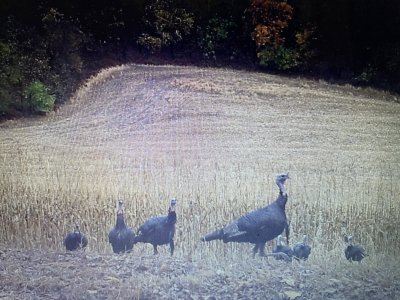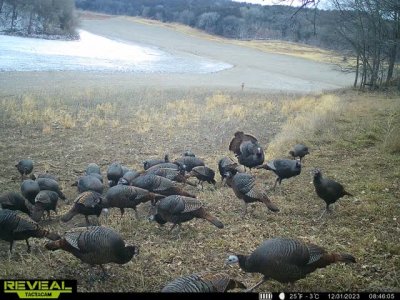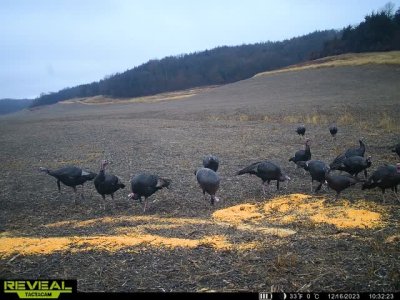omicron1792
5 year old buck +
That sounds awesome. Got any satellite images of the area? I would love to talk you in to doing a wheel and spoke plot with early succession between!I’m taking 60 acres of row crop out of production after this season. I’m going to convert maybe 10 acres to food plot. The balance will be early succession. I know it’s a bit away but I hope my efforts will be rewarded for turkeys and quail.
And this ground is broken in a couple different fields so not just one big field. I feel like that’s better for wildlife than one field.








